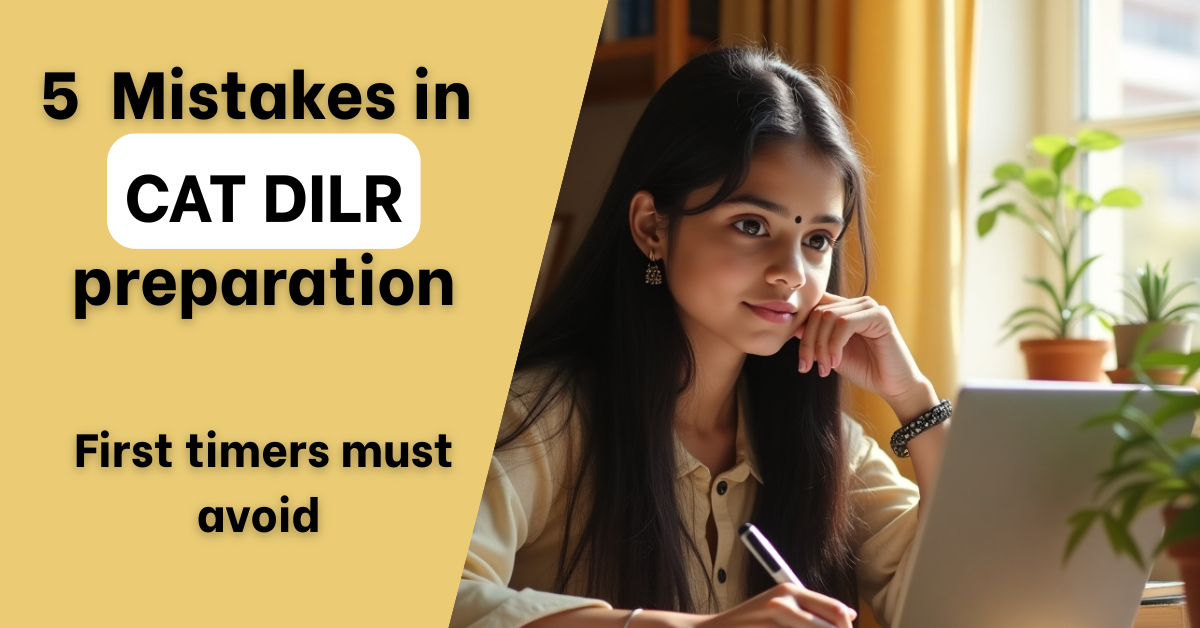Inference questions are the most dreaded questions in CAT reading Comprehension. Students are at home when it comes to answering questions whose answers are likely to be given in the passage, but when it comes to answering questions such as ‘What can be concluded from the passage?’ or ‘What can be inferred about a particular thing from the passage?”, most students are not able to mark the answer convincingly. Understanding this situation will help us work out the strategy to answer questions on inference and conclusion.
Though there is a slight difference between the terms ‘inference’ and ‘conclusion’, the two terms are the same and can be used interchangeably as far as CAT reading comprehension and CAT critical reasoning is concerned.
Both inference and conclusion are not directly stated; in fact, they are something that the reader has to arrive at, deduce or derive from what the facts, information or data given in the passage. In other words, to draw a conclusion or derive an inference, you must have a strong factual basis.
In addition to this, your inferences and conclusions must be 100 percent correct. Inferences and conclusions must never be far-fetched or be a result of a leap of faith. It is this leap of faith that makes our answer choices incorrect.
We will understand this with the help of a simple example:
Both enrolment and total tuition revenue at IIM Calcutta have increased during each of the last four years. During the same period of time, enrolment at JBIMS University has steadily decreased, while total tuition revenue has remained constant.
Which of the following can be inferred from the statements above?
(A) IIM Calcutta now collects more total tuition revenue than JBIMS University.
(B) Students regard higher tuition as an indicator of higher quality.
(C) The per-student tuition at JBIMS University has risen over the last four years.
(D) Within four years, enrolment at IIM Calcutta will likely exceed enrolment at
JBIMS University.
(E) JBIMS University will likely continue to raise tuition to make up for lost revenue from
declining enrolment.
We will evaluate each option and see why it is or why it is not the right inference!
(A) We have no information regarding the number of students enrolled at either college. We also do not know the tuition rates. Therefore, we have no basis to calculate the total revenue from tuition at either school.
(B) This choice may be tempting because more students are enrolling at IIM Calcutta each year, even as it increases tuition. However, the answer choice is only one of many possible explanations for these trends. The college may have constructed a new dormitory or received significant publicity from a successful athletic team. Nothing in the premises suggests that students connect the rising fees with higher quality.
(C) CORRECT. This answer choice accurately connects the premises about enrolment and tuition, stating a conclusion that can be logically proven. JBIMS has had constant revenue despite steadily declining enrolment. Therefore, each individual student must be paying more tuition.
(D) Although IIM Calcutta’s enrolment is rising while that of JBIMS’s is falling, JBIMS may have started with a much larger student body. We have no numerical information to indicate how many years it would take IIM Calcutta to surpass JBIMS in enrolment. More importantly, the premises do not predict how many students will enrol at either school in the coming years. The trends may reverse themselves at any time.
(E) The argument does not suggest how JBIMS will deal with its declining revenue. It may cut expenses, or seek revenue from other sources. The fact that tuition is the only revenue source mentioned in the argument does not mean that raising tuition is JBIMS’s only course of action.
Thus we see that though there were many possibilities that could have been derived from the statements given in the question, we chose that option as our answer which was undisputed and 100 percent true, based on the given facts.
The inferences that you draw must be undeniable and unequivocal. To arrive at the right choice, you must evaluate the answer options from every possible angle, ruling out those that are questionable. This approach will gradually instil confidence in you, and you will start getting the questions correct.




